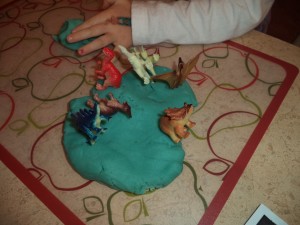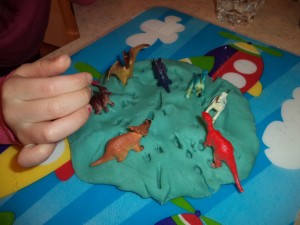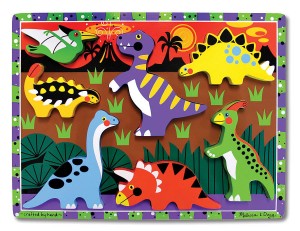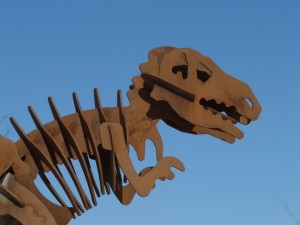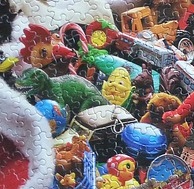Kids bored? According to 2 articles and a Google Doodle that could be a good thing. The 100th anniversary of Einstein’s theory of relativity is the doodle. The articles talk about kids and creativity.
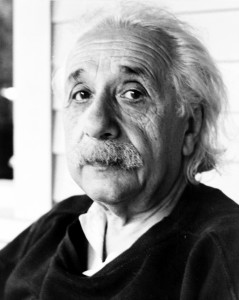 There is a myth about Einstein, that he failed at math. This is quite untrue. Einstein was exceptional in math. What he did do was take books home and work on his own. After leaving school, “Einstein’s day job was examining patents in Bern, Switzerland, which didn’t demand much mental capacity. It left him plenty of time to ponder the mysteries of the universe, which he did his best to solve on his own time.” (Did Einstein really fail at math? Laurie L. Dove)
There is a myth about Einstein, that he failed at math. This is quite untrue. Einstein was exceptional in math. What he did do was take books home and work on his own. After leaving school, “Einstein’s day job was examining patents in Bern, Switzerland, which didn’t demand much mental capacity. It left him plenty of time to ponder the mysteries of the universe, which he did his best to solve on his own time.” (Did Einstein really fail at math? Laurie L. Dove)
For the not-demanding-much-mental-capacity job, we could use the word boring. And boring is the subject of the two articles about kids and creativity. According to expert Dr. Teresa Belton:
“When children have nothing to do now, they immediately switch on the TV, the computer, the phone or some kind of screen. The time they spend on these things has increased. But children need to have stand-and-stare time, time imagining and pursuing their own…experiences through play or just observing the world around them.”
(Children should be allowed to get bored, expert says. Hannah Richardson)
Letting young children get bored can be dangerous. That’s when they throw the toothbrushes into the toilet to see if they float or paint the dog with the deck paint. But they will do that anyway, if we turn our back, answer the phone, or just take a bathroom break.
Writer Adele Parks, recalls her Christmas holidays and “soul crushing bouts of boredom.” She doesn’t agree with the trend to “fill every waking moment with something improving.” Instead, she advises, “I believe in the merits of boredom. I think we need down-times so we can process and create.” (Give kids the chance to be bored; it might just help their creativity. Adele Parks)
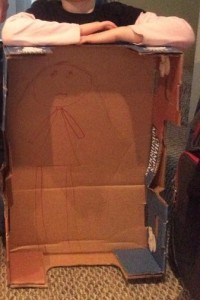 During the holiday season, adults will be busy and kids bored, “It’s so boring. I have nothing to do.” We can support their creativity with such items as:
During the holiday season, adults will be busy and kids bored, “It’s so boring. I have nothing to do.” We can support their creativity with such items as:
- an empty box,
- a wrapping paper tube,
- a blanket for making a fort,
- paper and colors,
- a few left-over bits of wood and some glue (check for slivers first).
While they may not come up with the theory of relativity, they will stretch their creativity and their brain power. Does your child have any time and space to be bored?
P.S. For a fun animated explanation about Einstein, check out this short video. It’s easy to understand, well relatively.
P.P.S. Kids bored? You can check the blog everyday for a play-of-the-day, not just during moments of boredom.

